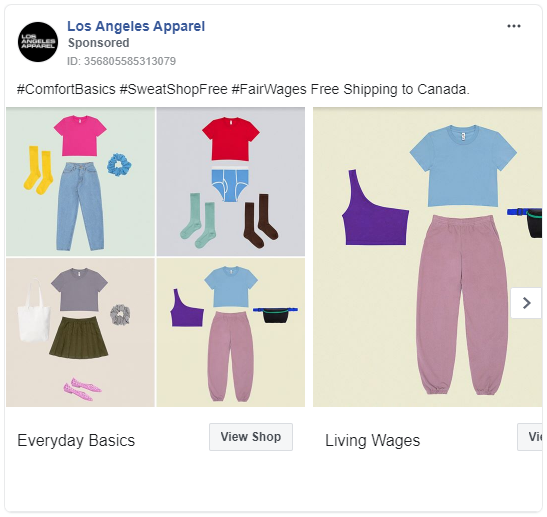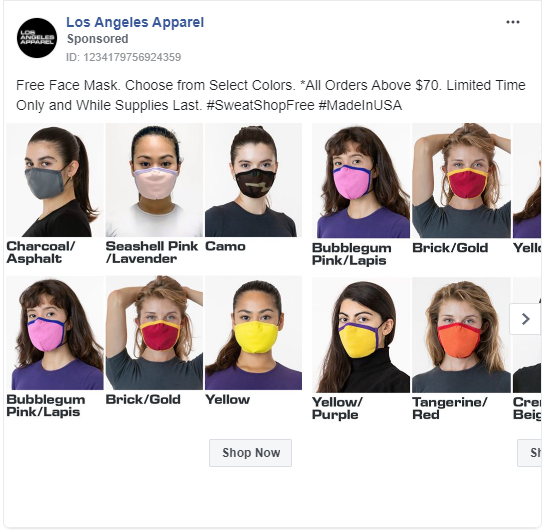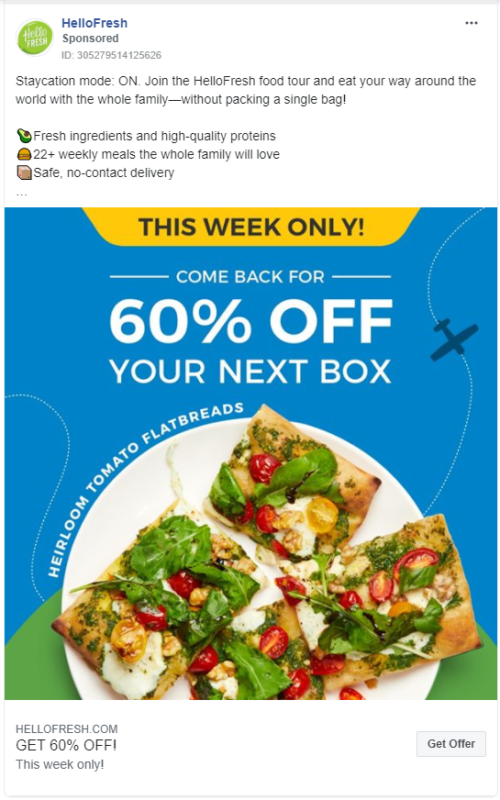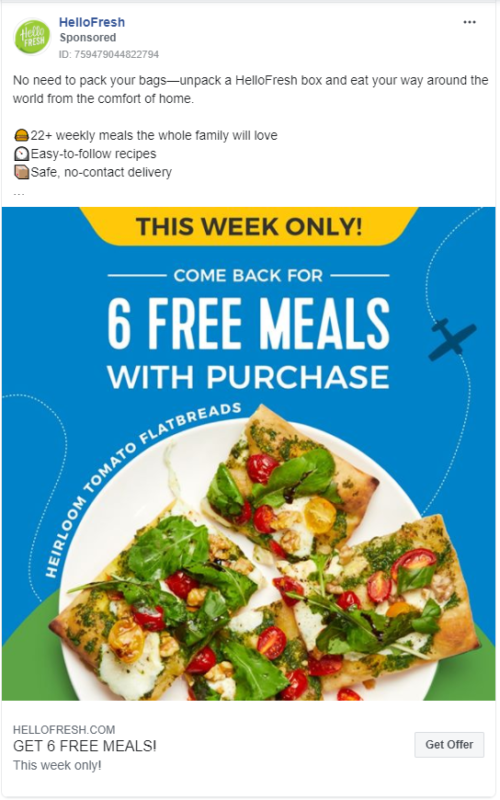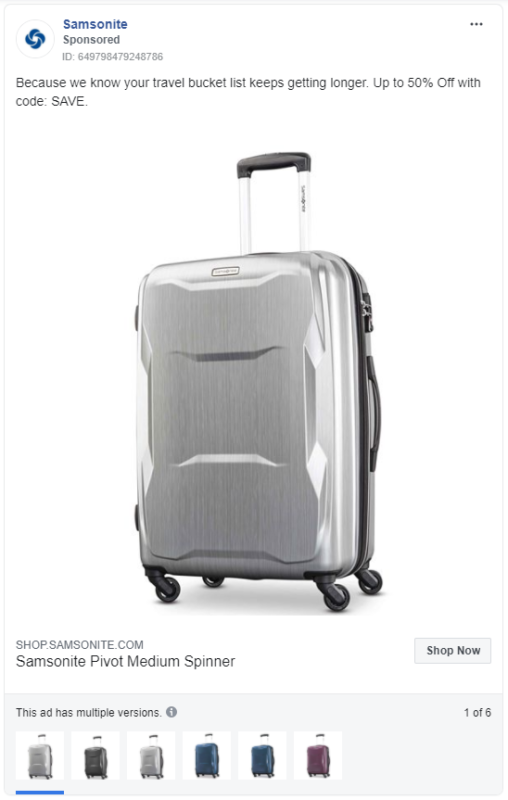Fullmoon Digital is already focused on everything online. But this year, holiday eCommerce 2020, things are different.
2020 has been a year that everyone hopes comes to a swift end. Before it does, we all have one last chance to make it brighter: the holiday season.
Travel restrictions and reduced store capacities will drive many shoppers to eCommerce. This can really boost your sales if you play your cards right. However, these unique circumstances also mean new factors will affect your strategy.
Here are some strategies you can use to cope with — and thrive in — this changing eCommerce environment.
Get The Holiday eCommerce Digital Marketing Guide
Survey your new competition
Brick and mortar stores are going to shift into the eCommerce space this year to make up for lost foot traffic. If you’re already a primarily online vendor, this could mean new competition in your niche.
To pull ahead before the start of the 2020 holiday season, put two research methods at the top of your list: competitive analysis and social listening.
Competitive analysis
You likely already have a list of competitors you keep an eye on. This year, you need to expand it. Do some quick Google searches for products in your niche. Are new brands popping up? Are brick and mortar stores gaining more ground? Survey how your competition has changed, then dive deeper by checking SEO and site traffic.
SEO
New competitors will try to optimize their sites for the keywords you currently rank for. Use Google Search Console and your preferred SEO tool to check how your top keywords are faring.
If your top-performing keywords have slipped off the SERP, it may be time to re-optimize. Identify any product pages that need some keyword love and regain your place on the first page.
Site traffic
More SEO competition could also lower your site traffic. Use Google Analytics to compare this quarter to the last. Has there been a significant drop? If so, new brands may be stealing your traffic with better SEO or increased paid marketing.
Using a tool like SimilarWeb, find out where your competitors’ traffic is coming from. You may need to boost spending on paid ads or increase your organic content production to keep up.
Social listening
Consumers have been spending more time on social media since they’re stuck at home during the pandemic. Many existing brands have already taken advantage of this, and new ones are attempting to break in on time for holiday shoppers to take notice. Review your niche’s tags across social media and your competition’s Facebook ads for more insight into newcomers’ strategies.
Tags
Search your usual hashtags on Twitter, Instagram, Pinterest, etc. Are new accounts showing up? How’s the post engagement for the new brands? Are your followers following them now, too? Take inspiration from the accounts using your niche’s tags for new social campaigns.
Facebook Ad Library
To see your competitors’ paid social media marketing strategies, check out Facebook Ad Library. You can search any brand to see what ads they ran recently or are currently running.
What’s working for them? How could they improve? What kind of copy is getting the most engagement? Once you’ve researched a few brands, use what works for your own product ads.
Get Your Free Copy of the Holiday eCommerce Guide
Review your site for ease of use
More online shopping means website usability is even more important than usual this holiday season. There are so many new options for eCommerce that a consumer having trouble with your site is more likely than ever to click away and find another vendor.
Ensure your site has these three things before the 2020 holiday shopping begins:
1. Simple navigation
Your site menus should be clear and have an easy path to every one of your products. Run some simple user testing by picking a product and telling someone unfamiliar with your site to find it from the homepage — without using the search bar.
Note: Make sure the product tags make the search function simple, as well.
2. Easy checkout
The checkout process should be as fast as possible. The more complicated it is, the more abandoned carts there will be.
Some simple user testing could also help with this. Ask a consumer unfamiliar with your site to go through the whole purchasing process (without actually hitting the confirmation button) and time how long it takes.
If it takes more than a couple minutes, you may need to cut some of the checkout steps. Also, be sure to update your terms of service. Because of COVID-19 regulations, most shipping times have increased. Let your customers know what to expect.
3. Emphasis on follow-up
In a Criteo survey, 83% of online shoppers said they would continue to shop at the new ecommerce stores they discovered during the pandemic. Use this to your advantage.
Keep first-time customers happy by creating email drip campaigns. After buying, a customer should receive special offers and shop updates to make them feel valued and increase their loyalty. Even after the 2020 holiday season is over, these first-time customers could return to your shop if they like your emails.
Get on bigger eCommerce platforms
Your optimized website is essential. However, especially because of the increased competition this year, expanding to larger eCommerce platforms helps you capitalize on the increased traffic there.
Amazon
Get your Amazon shop set up as soon as possible. Your product descriptions can be similar to the ones already on your website, but you may need to add more keywords so they show up in more Amazon searches.
Etsy
Are your products handmade? Expand to Esty, as well. Create your Etsy shop and, like on Amazon, don’t forget to optimize your product pages for maximum visibility. See what tags similar products use and start with those.
Reevaluate your target audiences
Social activities have been a little different this year…and gifting will be, too. Why would anyone give their loved ones party dresses, restaurant gift cards, or travel accessories when they can’t use them?
Chances are, your usual target audience has shifted. Their interests may be the same, but their activities are limited.
Here are some examples of how a few different brands reframed their products for their audience’s changing needs.
Los Angeles Apparel: #ComfortBasics
Los Angeles Apparel is known for its sustainably-made fashion basics. But with nowhere to go, their customers don’t really want to get dressed up.
That’s why this retailer shifted their focus to #ComfortBasics — loungewear that their customers can wear at home to feel comfortable during the pandemic. Plus, they’re throwing in free masks. Talk about an ecommerce sign of the times.
HelloFresh: Staycation Mode
HelloFresh, a meal box subscription service, already focused on home cooks. But now, they’re also recognizing that this audience may be getting really tired of home cooking.
Their latest campaign puts on spin on the “staycation” and emphasizes the variety of internationally-inspired recipes their customers can try to quench their thirst for travel.
Samsonite: Future Getaway
Speaking of travel, the last thing you may think of buying right now is luggage. Samsonite, a luggage producer, knows this.
They’ve shifted their ads to highlight future travel instead of dwelling on the precarious present. The ad copy mentions “your travel bucket list” and “your future getaway” to remind people that they’ll travel again one day — and they’ll want to be prepared for it.
Be ready for Cyber Monday
It’s safe to say there won’t be any big Black Friday crowds this year. So our final tip is this: Be ready for Cyber Monday.
All of your website and marketing updates should be done before Monday, November 30th to take advantage of that eCommerce rush.
Remember, now is the time to re-establish yourself in your niche — and make 2020 a little more bearable.

